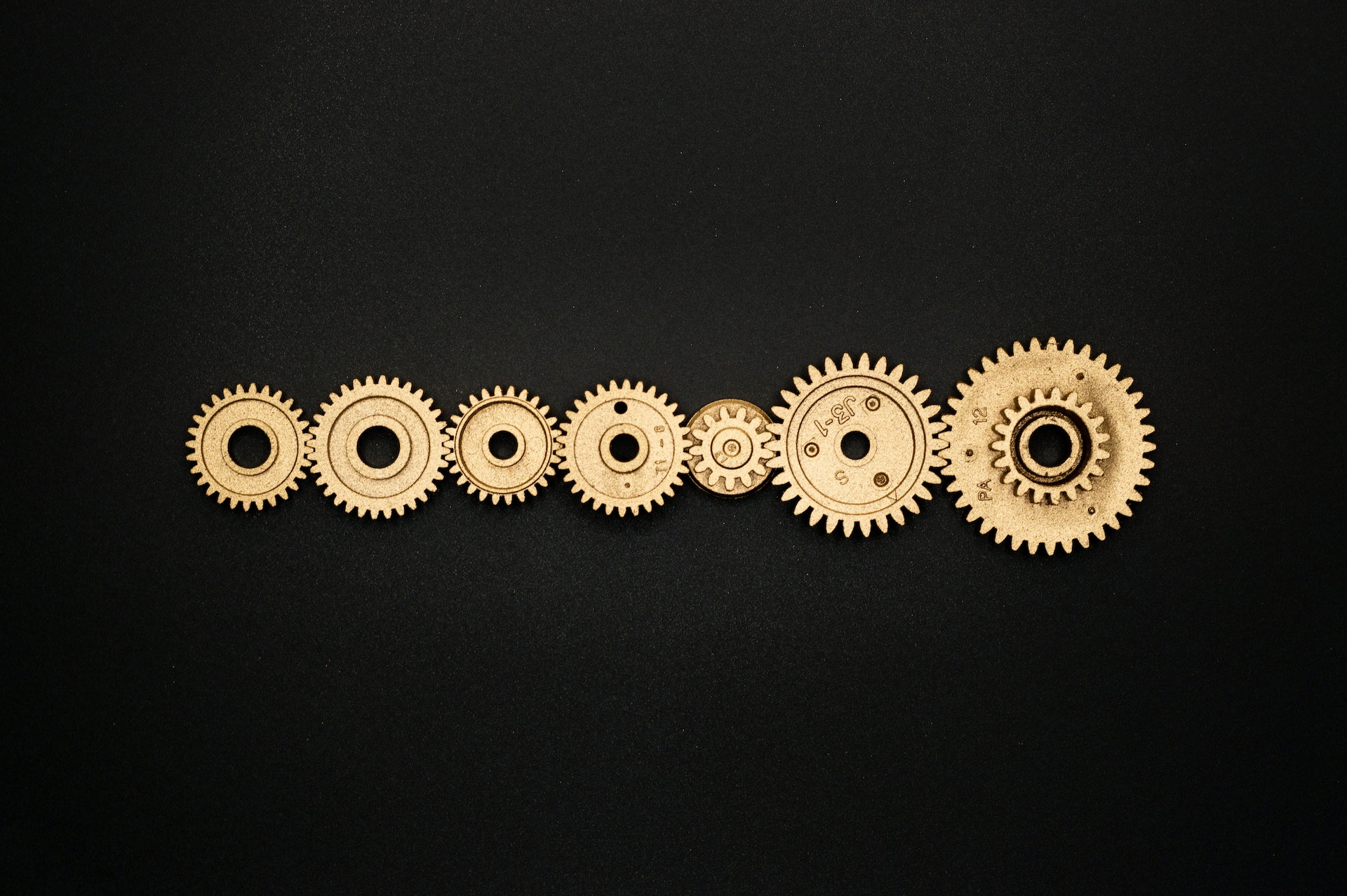When it comes to sealing products and systems, there are a few different types of seals that can be used. In this blog post, we will discuss the differences between mechanical seals and packing. Both of these methods have their own unique benefits and drawbacks, so it is important to understand which one is right for your specific application. Stay tuned for more information!

1. Mechanical Seals
Mechanical seals are designed to provide a positive seal between two surfaces. This type of seal is generally made of metal and utilizes two faces – a stationary face and a rotary face – which press together to create the seal. This type of seal requires precise installation as well as routine maintenance in order to ensure that it remains effective. For instance, mechanical seals may need to be replaced more often than other types of sealing options due to wear and tear. Also, mechanical seals can be more expensive than other types of sealing options.
2. Packing
Packing, on the other hand, is composed of a variety of materials such as graphite, Teflon, or braided fiberglass. It is often used in applications where mechanical seals cannot be used due to their complexity or cost. Unlike mechanical seals, packing does not use any moving parts and therefore requires less maintenance over time but may also require more frequent replacement. Also, mechanical packers are typically more resistant to high temperatures and/or pressures. This means they are often used in applications where other sealing options fail.
3. Advantages of Mechanical Seals
Mechanical seals provide a positive seal that can withstand higher temperatures and pressures, as well as vibration and pressure fluctuations. They also require less downtime for maintenance or replacement due to their fewer components. In addition, mechanical seals are typically much easier to install compared to packing methods. Additionally, they are able to hold up better against certain corrosive materials, making them ideal for applications that involve hazardous or caustic fluids.
4. Advantages of Packing
Packing is usually the preferred choice when dealing with corrosive materials since its fibers are inherently resistant to corrosion. It also requires less installation time than other types of seals and is generally cheaper than mechanical seals in terms of both purchase cost and maintenance costs over time. Additionally, packing does not require any moving parts and therefore requires less maintenance than mechanical seals. For example, in certain applications, packing may only require replacement once every two to three years.
5. Disadvantages of Mechanical Seals
One of the primary disadvantages of mechanical seals is their complexity. Due to this, they require more precise installation than packing methods and may require additional maintenance over time. Additionally, mechanical seals can be more expensive than other sealing options and may need to be replaced more often due to wear and tear. In addition, they can be more susceptible to failure when exposed to certain hazardous materials or extreme temperatures and pressures. For example, if the seal is not properly installed or maintained, it can lead to a leak.
6. Disadvantages of Packing
Packing is not as effective at resisting high temperatures and pressures, nor does it provide a positive seal like a mechanical seal. Additionally, packing materials tend to wear out faster than mechanical seals and may require more frequent replacement over time. Moreover, if the wrong material is chosen for the application, it may cause additional leakage due to its inability to withstand corrosive materials or vibration. Also, packing can be more difficult to install than mechanical seals due to their bulkiness and need for precision.
7. Other important things to know
It’s important to note that the effectiveness and longevity of both mechanical seals and packing will depend on the type of application they are used in. It is always best to work with experienced professionals who can help you determine the right solution for your specific needs. Additionally, both seal types should be regularly inspected for any signs of wear or damage, as well as properly maintained according to manufacturing guidelines in order to ensure their effectiveness over time. Ultimately, it is important to understand the differences between mechanical seals and packing so that you can make an informed decision when selecting a sealing option for your application.

In conclusion, it is important to consider both mechanical seals and packing when selecting a sealing option for any application. By understanding the advantages and disadvantages of each type, as well as their different suitability in various applications, one can make an informed decision on which seal is best suited for their particular needs. Ultimately, no matter what type of seal is chosen, routine maintenance and replacement should be performed in order to ensure proper functionality at all times.















